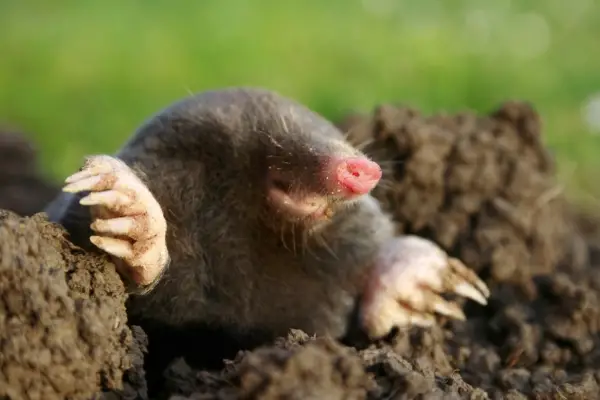The animal kingdom contains a stunning array of unique and bizarre-looking creatures, some of which seem almost alien. Mammals, in particular, display an incredible diversity of appearances, habitats, and behaviors.
While most people are familiar with common mammals like cats, dogs, horses, and deer, the planet abounds with lesser-known mammalian species sporting fantastical features and forms.
From armored armadillos to freakishly furry sloths to gargantuan aquatic manatees, in this blog post guide, we will explore 2o of the strangest-looking mammals you’ve probably never heard of. Prepare to be amazed by Mother Nature!
20 Strangest-Looking Mammals
1. The Fascinating Star-Nosed Mole
The star-nosed mole claims the crown for having the fastest-eating mammal brain on Earth, enabling it to identify and consume food in under a quarter of a second. This subterranean burrower flaunts 22 fleshy appendages ringing its snout which function as a hyper-sensitive tactile organ constantly sampling the surroundings.
Resembling a pale pink starfish plastered to its face, this bizarre nasal structure likely evolved to help the nearly blind mole rapidly differentiate edible from inedible items when excavating tunnels.
2. The Otherworldly Aye-Aye
This primitive primate inspires legends in its native Madagascar, where the aye-aye’s ominous appearance and foraging habits incite superstitious dread.
Sporting bat-like ears, disturbingly gangly fingers, and perpetually growing incisors, the aye-aye employs its elongated middle digits to tap on tree trunks and listen for crawling insects inside before gnawing into the bark and extracting the grub with its creepy, skeletal hands.

3. The Marvelously Distinctive Proboscis Monkey
Found only on the island of Borneo, the long-nosed proboscis monkey represents one of our planet’s most peculiarly prominent-nosed primates.
The male’s pendulous, drooping schnoz exaggerates sexual dimorphism between the sexes and likely serves a functional role during mating calls and displays. When engorged, this prodigious proboscis presents a peculiar profile indeed.
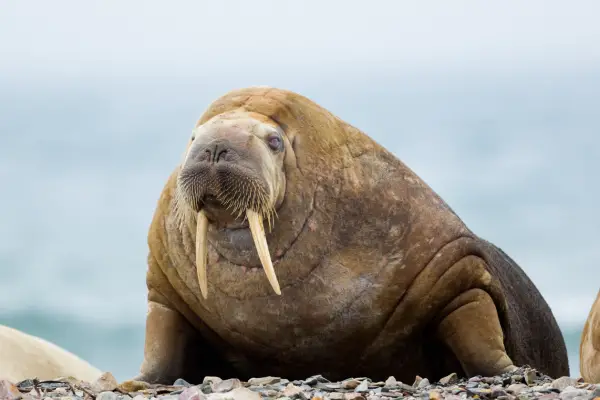
4. The Bewhiskered Walrus
Best recognized by its long, curving tusks and funky mustache, the whiskered walrus cuts a comical figure as it huffs and snorts along Arctic coastlines and ice floes.
But this blubbery behemoth bowls over clams and crustaceans with consummate ease thanks to stiff, sensitive bristles sprouting from its snout that detect hapless prey stirring in the seabed muck. Is it sporting a pale, bushy crumb-catcher across its cartoonish mug or does the walrus’s muzzle merely mimic a chevron mustache to enhance sensory perceptions?
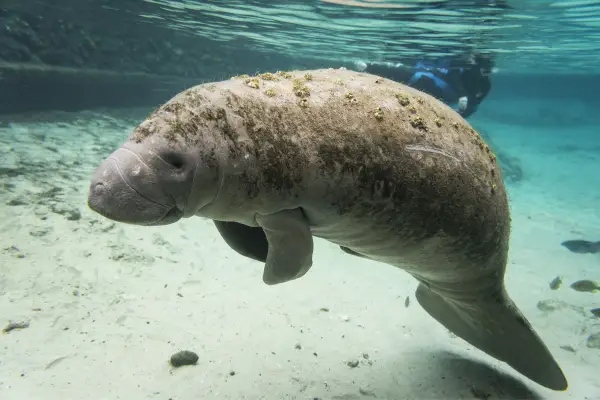
5. The Marvelous Manatee
Aptly nicknamed “sea cows” due to their plant-munching diet, rotund physique, and sluggish nature, manatees in fact comprise an entirely separate order of marine mammals from true bovine breeds.
These gentle giants frequent shallow, slow-moving rivers, estuaries, and coastal waters draped in algae that they crop constantly. Despite immense bulk nearing half a ton, manatees maneuver with surprising agility via powerful, paddle-shaped tails. And mothers cradle newborn calves in fins during nursing in a tender tableau at odds with the manatee’s massive measurements.

6. The Funky Fossa
While resembling a cross between a cat and a ferret, the fossa in fact represents Madagascar’s largest mammalian carnivore. These arboreal ambush predators subsist primarily on lemurs and other smallish forest fauna they stalk stealthily through treetops before pouncing to dispatch.
And the fossa sports several truly weird physical quirks including unusually wide-set eyes and external genitalia in females. But perhaps strangest of all remains the fossa’s propensity to raise a hind leg when marking territory or communicating, earning it humorous comparisons to domestic housecats!
7. The Marvelous Marsupial Mole
As its name suggests, the marsupial mole concurrently shares traits with both marsupials and moles. But this remarkable little digger also claims many unique adaptations enabling it to thrive underground in Australia’s arid desert habitats.
Densely packed fur shields its eyes and nostrils from dirt when burrowing at lightning speeds, while its burly front limbs boast steely claws for excavating tunnels and scarce rainfall. Yet despite subterranean specialization, females still support joeys in a rear-facing pouch – a quintessentially marsupial reproductive strategy.
8. The Phenomenal Pangolin
Sporting overlapping scales comprised of keratin, pangolins superficially resemble artichokes on legs. But these reclusive anteaters in fact represent placental mammals exhibiting one of evolution’s most outstanding examples of convergent evolution with reptiles.
And pangolins enjoy further distinction as the only scaled mammals on Earth today. Sadly, several pangolin species now face imminent extinction due to poaching fueled by unproven traditional medicine claims and black market demands – meaning these amazing armored oddballs require conservation attention.

9. The Fabulous Flying Squirrel
Let’s clear up a common misconception: Flying squirrels actually glide instead of fly. Nevertheless, their aerobatic talents impress as these agile rodents sailed between trees to elude predators, cover vast distances during dispersal, and occasionally just for thrills!
Special stretches of skin called patagia that extend between wrists and ankles allow flying squirrels to maneuver midair and even rudderlike with their flattened tails. And before launching skyward, flying squirrels typically clamber up a tree trunk first or drop from an elevated branch, letting gravity accelerate them into their exhilarating descent.

10. The Quirky Duck-Billed Platypus
Early European scientists found the platypus so perplexing when first described that many discounted it as a hoax stitched together from multiple animal skins. Even today, the platypus continues to captivate curiosity due to its crazy hodgepodge of reptilian, avian, and mammalian characteristics.
Sporting a rubbery duck bill and webbed feet, the platypus hunts aquatic insects and crayfish. Yet females also lay eggs before nursing hatched puggles in fur-lined burrows. Simply put, no other mammal resembles the platypus inside or out!
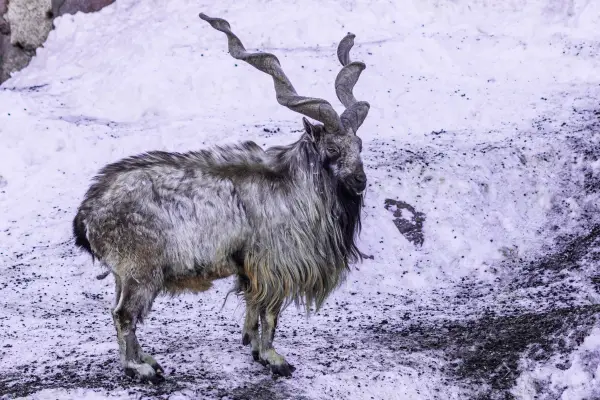
11. The Marvelous Markhor
This exceptional ungulate adeptly navigates precipitous mountainous terrain thanks partly to dramatically spiraling horns borne only by mature males. These eye-catching corkscrew caps crown Markhors with distinction as the most charismatic wild goats worldwide.
And local folklore suggests consuming markhor meat imbues human vitality. But despite elevated esteem and protections inside sanctuaries, markhors remain endangered with populations plunging over past decades – meaning this magnificent mammal merits stewardship.
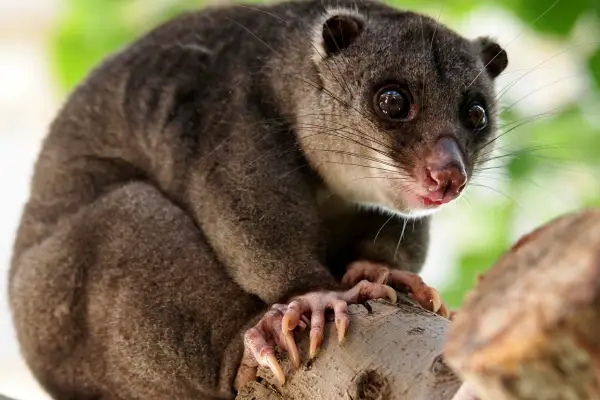
12. The Curious Cuscus
Only a handful of mammals lay claim to fame as exclusively herbivorous or folivorous (leaf-eating) carnivorans, including Australia’s two species of cuscus possum. Unlike most other marsupials subsisting as omnivores or strict meat-eaters, cuscuses obligingly munch leaves, flowers, fruits and shoots.
Another noteworthy attribute includes adaptations for an arboreal lifestyle including dexterous forepaws, flattened claws for gripping branches, and prehensile tails. And newborn joeys migrate instinctively from the birth canal to latch securely onto a maternal teat housed within her backward-facing pouch for nurturing.
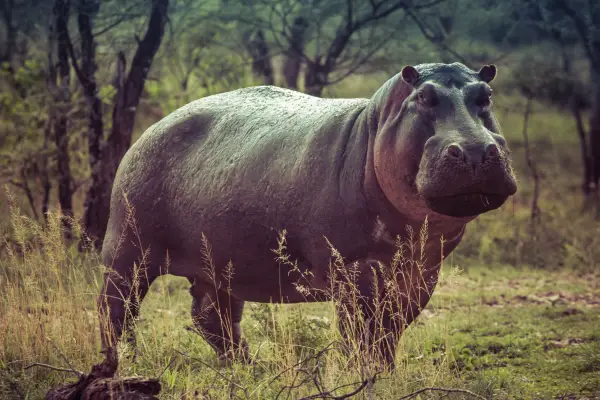
13. The Flatulent Hippopotamus
Despite vegetarian proclivities, never mistake hippos for harmless heavyweights! These irritable giants kill more humans annually than any other African animal thanks to perpetually cranky dispositions and tendencies to charge intruders or vessels floating too close.
Large males also battle aggressively over territories and harems of females. When not violently sparing, hippos pass hours wallowing in rivers to regulate body temperatures and moisturize vulnerable skin unprotected by sweat glands, consequently defecating wantonly in habitat waters. One marvels that an animal producing nasty, neighborhood-rattling farts somehow qualified as an ancient Egyptian symbol of rebirth!

14. The Magical Maned Wolf
If ever an animal appeared cobbled together from mismatched parts, the maned wolf represents a prime example. Leggy and foxlike yet not a true fox, displaying reddish fur yet unrelated to red foxes, emitting a distinctive roar yet lacking commonness with other roaring carnivores, the maned wolf constitutes Latin America’s largest indigenous canid and perhaps nature’s most unclassifiable carnivore.
Oh, and its urine smells strongly of cannabis due to a pyrazine compound! Is the maned wolf marvelous or what?
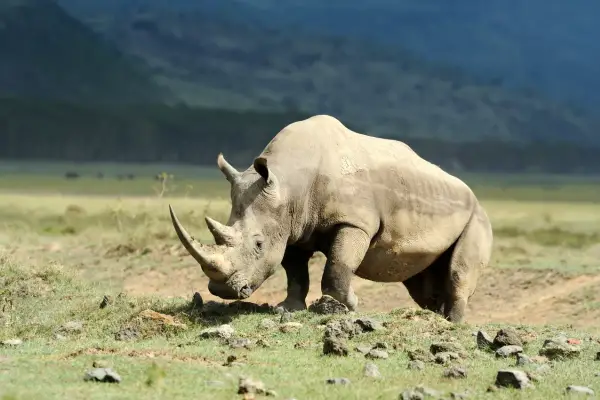
15. The Incomparable Indian Rhino
Second only to white rhinos in size, Indian rhinos suffer extensive poaching that reduced wild populations below 200 beasts at one point! Fortunately, strict protections facilitated slight rebounds from the brink of extinction yet these unique beasts with singular single horns remain endangered and require active safeguarding.
Beyond the obvious nasal spike, Indian rhinos also sport armor-plated skin and quirky vocalizations to pique fascination. Among noises sounding like agitated squeaky toy squeals or strangled explosions, nothing quite compares to the Indian rhino!

16. The Quaint Quokka
What roly-poly, rotund russet mammal masquerades behind an irrepressible smile? Why the quokka, of course! Hailing from a handful of isolated islands off Western Australia, these terrestrial marsupials convey cheeriness with every hop thanks to permanently upturned mouth corners.
Quokkas ready charismatic grins whenever startled or suspicious but otherwise behave quite calmly. And nothing tickles people pinker than selfies alongside beaming quokkas – but no touching allowed since these cuties aren’t cuddly! Just cute.

17. The Peculiar Potoroo
Characterized by kangaroo-like proportions supporting a smaller frame culminating in a pointed snout, potoroos superficially approximate diminutive wallabies yet constitute a separate marsupial family. These endemic Australians once prospered across diverse habitats prior to introduced species decimating populations, isolating surviving species niches.
For example, Gilbert’s potoroo clings precariously to existence because cats extirpated mainland groups, restricting just 40 known individuals to two tiny island refuges. Give potoroos a hand against invasive threats by supporting conservation groups striving to protect our planet’s incredible biodiversity.
18. The Marvelous Moropus
Alas, this fantastical beast only roams prehistoric imagination instead of modern lands, yet moropus certainly merited mention even in such distinguished company. Though long extinct, moropeans once trundled across North American savannas on elongated forefeet tipped in massive hooked claws, perhaps for gathering shrubbery.
While evolutionary relationships remain unresolved, these oddballs either represented giant ground sloths or the largest known chalicotheres (odd-toed ungulates superficially similar to horses) based on fossils. Just picture wicked claws crowning metres-long front legs supporting a multi-ton herbivore!
19. The Dazzling Desman
At first glance you may mistake a desman for a cartoonishly oversized mole outfitted in a silky tuxedo! Indeed with huge forepaws and nearly blind eyes, this real-life oddity passes its entire existence tunneling through dark, wet earth alongside secluded streams.
There the so-called “diving mole” plunges after aquatic insects and crustaceans, employing sensitive whiskers and nostrils to navigate entirely underwater thanks to valves that seal off its ears and nose while keeping the desman’s dense fur bone dry.
20. The Bountiful Bonobo
Positioned among our closest cousins sharing nearly 99% genetic comparability with humans, the highly social and sexual bonobo casts aside prudish pretenses. Bonobos form intensely intimate communities centered around extended matrilineal families where conflict resolution commonly involves various consensual sexual acts (including homosexual) thought to reduce stress and aggression.
Peaceable, playful, and highly empathetic even towards strangers yet willing to band together battling threatening outsiders, insightful bonobos provide perspective into our own evolutionary journey.
Final Words!
From armor-plated armadillos to supersized manatees; from the smiling quokka to the freaky aye-aye, our wondrous planet overflows with mammalian life displaying an astounding array of appearances and adaptations. While we focused here on 20 lesser-known species representing some of Mother Nature’s stranger creations, mammals in fact comprise over 6,000 remarkably diverse species occupying virtually every habitat and niche imaginable.
Sadly, many weird and wonderful mammals now face threats from humanity’s expanding footprint. But provided we embrace conservation values and sustainable environmental stewardship, perhaps future generations will continue marveling at our world’s wide-ranging mammalian wonders – common creatures and bizarre beasts alike.

